Financial advisors like to think their value lies in spreadsheets. In the calculations, the returns, the models. But ask any client what makes them stay—or leave—and they’ll rarely mention basis points.
They’ll talk about how you made them feel.
In 2025, the volatility isn’t just in the markets. It’s in the geopolitics, the monetary pivots, and the inbox. Clients are overwhelmed. And advisors who communicate clearly, frequently, and empathetically are the ones who break through the noise.
The Big Myth: “They’ll tell me if they’re confused.”
No, they won’t. Clients nod along in meetings while silently questioning what half the words mean. Financial literacy is uneven, and many clients are too embarrassed to ask for clarity. Advisors who rely on technical jargon build walls instead of bridges.
The antidote is simple: drop the jargon, sharpen the message. You’re not dumbing it down—you’re making it stick.
It’s Not Just Business. It Never Was.
Money is emotional. Behind every investment decision is a hope, a fear, or a story from childhood. Advisors trained to be rational often miss this layer. But those who acknowledge a client’s emotional life—asking about transitions, tensions, or even Tuesday night worries—unlock a deeper level of trust.
Want loyalty? Ask better questions.
The Noise Is Deafening—Be the Filter.
Clients are drowning in data. Market updates. Recession forecasts. Clickbait. Your role? Be the dam. Parse what matters, discard the fluff, and translate complexity into clarity.
That doesn’t mean sending more emails. It means sending better ones. Shorter. Clearer. Focused on what the client truly needs to know.
Bridging the Generational Divide
An advisor serving three generations might as well be operating in three different time zones. Each group speaks a different financial language. Boomers want reassurance. Millennials want transparency. Gen Z wants impact.
Adapting your tone and tools to meet these needs isn’t just good communication—it’s survival.
Expectations Aren’t Static—They Shift with the Headlines
Some clients want weekly updates. Others want silence until a decision is needed. And the same client might change preferences mid-year, especially in turbulent times.
Don’t assume. Ask. Then deliver.
What’s Next?
Communication isn’t something to “fix.” It’s something to practice. Like investing, it compounds.
The best advisors in the coming decade won’t be those with the best pitch decks. They’ll be the ones who turn complexity into calm, numbers into narratives, and conversations into conviction.
If that sounds soft, think again. The hard edge of client trust is built in the quiet moments—when the markets shake, and the advisor doesn’t.
